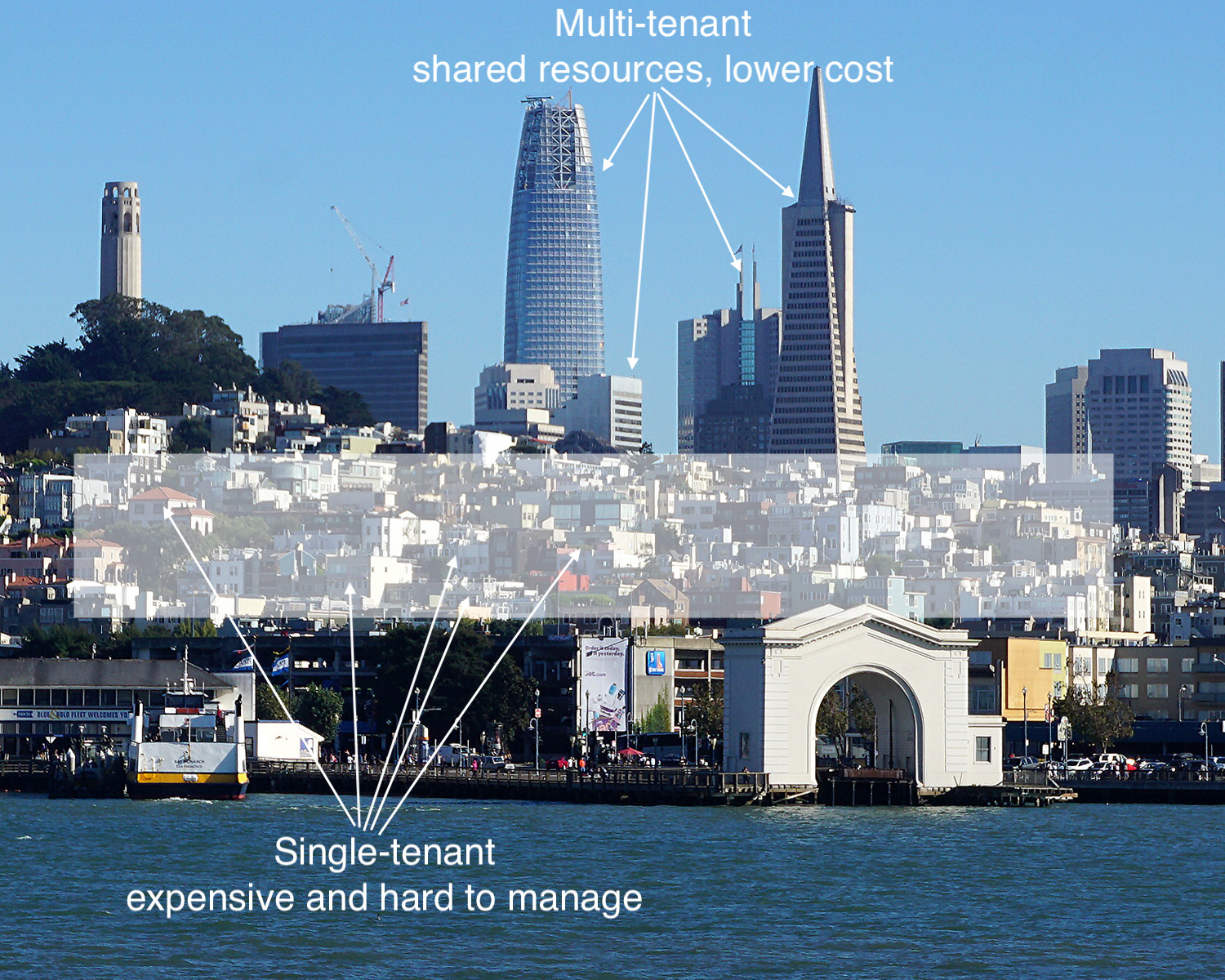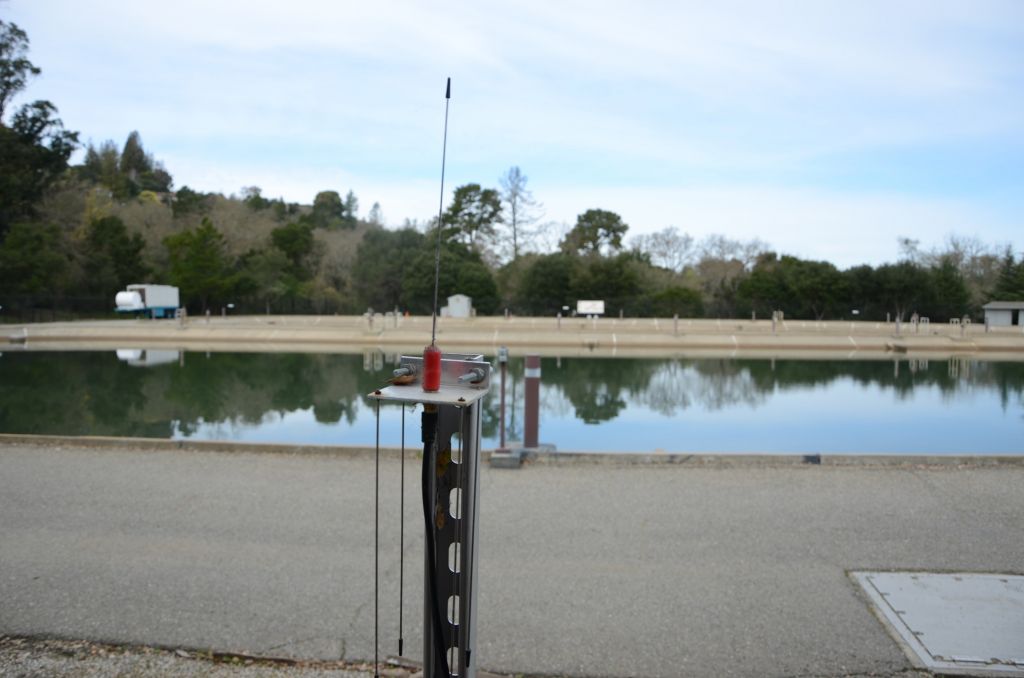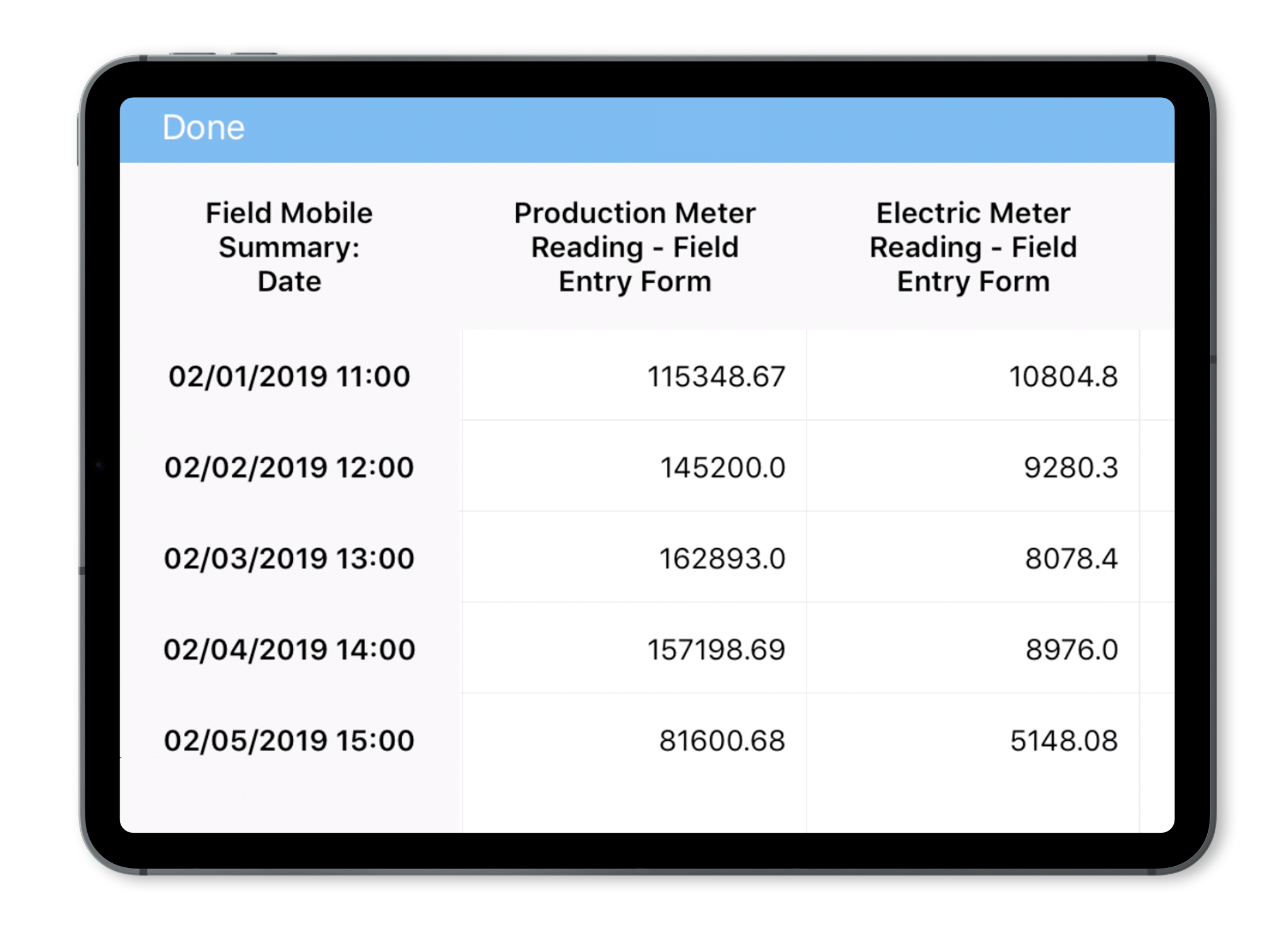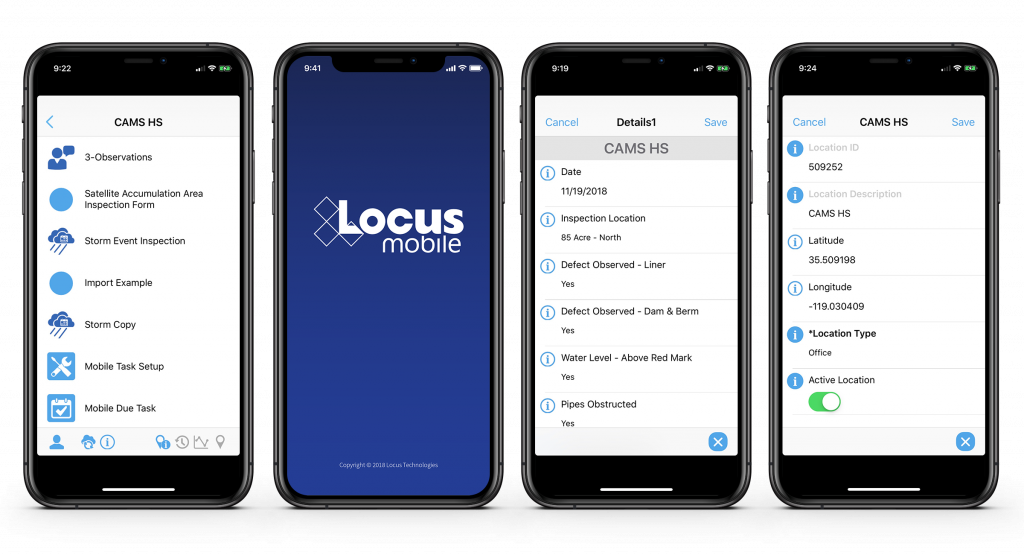Does your EHS software have a version number?
Freedom from product release tyranny
I love the article by Geoffrey Moore on the power of software as a service (SaaS) business model published on LinkedIn. In SaaS’s Real Triumph he writes: “by far the greatest contribution of SaaS is to free the enterprise from the tyranny of the product release model.”
He cites the operational burden, enterprise-wide distraction and associated cost to roll out an enterprise software and then the subsequent hesitation to repeat that when a new release of that software becomes available as that deployment model is not sustainable nor affordable. Companies spend big dollars buying and then deploying EHS software that they know will be outdated in just a few years. Only IT personnel benefits from that model as it may extend their employment for a few years before IT department goes out of business for good. Moore points out the painful truth, stating: “you have paid maintenance of 18 to 20% per year for anywhere from five to ten years for the express purpose of not availing yourself of the innovation created during that time period.”
Probably the main benefit of SaaS multi-tenancy (that is frequently overlooked during the software selection process) is no software versioning. This is because multi-tenant software typically provides a rolling upgrade program: incremental and continuous improvements. It is an entirely new architectural approach to software delivery and maintenance model. Companies have to develop applications from the ground up for multi-tenancy. Legacy client-server or single-tenant software cannot qualify for multi-tenancy. Let’s take a look at definitions:
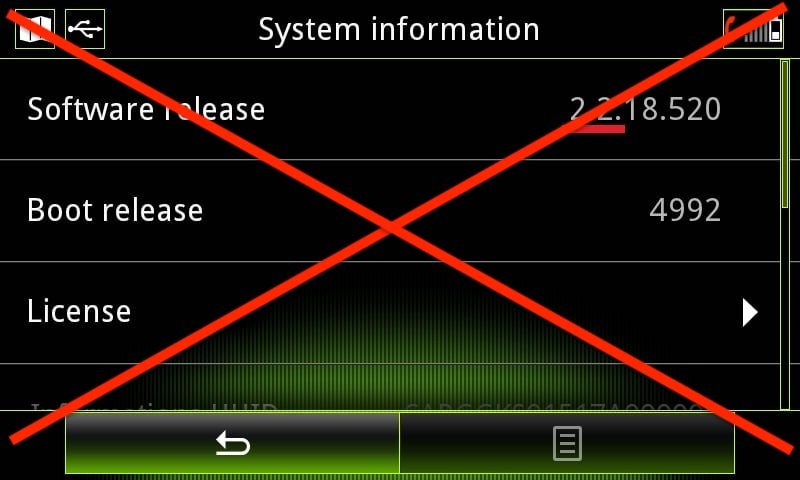
Single-Tenant – A single instance of the software and supporting infrastructure serves a single customer. With single-tenancy, each customer has his or her own independent database and instance of the software. Essentially, there is no sharing happening with this option.
Multi-Tenant – Multi-tenancy means that a single instance of the software and its supporting infrastructure serves multiple customers. Each customer shares the software application and also shares a single database. Each tenant’s data is isolated and remains invisible to other tenants.
Benefits of SaaS Multi-Tenant Architecture
The multi-tenant architecture provides lower costs through economies of scale: With multi-tenancy, scaling has far fewer infrastructure implications than with a single-tenancy-hosted solution because new customers get access to the same software.
Shared infrastructure leads to lower costs: SaaS allows companies of all sizes to share infrastructure costs. Not having to provision or manage any infrastructure or software above and beyond internal resources enables businesses to focus on everyday tasks.
Ongoing maintenance and updates: Customers don’t need to pay costly upgrades to get new features or functionality.
Configuration can be done while leaving the underlying codebase unchanged: Single-tenant-hosted solutions are often customized, requiring changes to an application’s code. This customization can be costly and can make upgrades expensive and time-consuming because the upgrade might not be compatible with customers changes to the earlier software version.
Multi-tenant solutions are designed to be highly configurable so that businesses can make the application perform the way they want. There is no changing the code or data structure, making the upgrade process easy.
Multi-tenancy ensures that every customer is on the same version of the software. As a result, no customer is left behind when the software is updated to include new features and innovations. A single software version also creates a unique sense of community where customers and partners share knowledge, resources, and learning. Smart managers work with their peers and learn from them and what they are doing. A multi-tenant SaaS provider’s resources are focused on maintaining a single, current (and only) version of the application, rather than spread out in an attempt to support multiple software versions for customers. If a provider isn’t using multi-tenancy, it may be hosting thousands of single-tenant customer implementations. Trying to maintain that is too costly for the vendor, and those costs, sooner or later, become the customers’ costs.
A vendor who is invested in on-premise, hosted, and hybrid models cannot commit to providing all the benefits of a true SaaS model due to conflicting revenue models. Their resources are going to be spread thin, supporting multiple versions rather than driving innovation. Additionally, if the vendor makes the majority of their revenue selling on-premise software, it is difficult for them to fully commit to a true SaaS solution since the majority of their resources are allocated to supporting the on-premise software.
Before you engage future vendors for your enterprise EHS software, assuming you already decided to go with SaaS solution, ask these questions:
- Does your software have version numbers?
- Do you charge for upgrades and how often do you upgrade?
If the answer is yes to any of these two questions, you should not consider that vendor as they are not true multi-tenant SaaS. You should not select that vendor if they answer “we are in the process of switching to multi-tenancy.” Multi-tenancy train departed a long time ago, and no EHS vendor who is single-tenant is not going to make that switch in time to make it work.
And if they suddenly introduce a “multi-tenant” model (after selling an on-premises version for 10+ years) who in the world would want to migrate to that experimental cloud without putting the contract out to bid to explore a switch to well established and market-tested true multi-tenant providers? The first-mover advantage when it comes to multi-tenancy is a huge advantage for any vendor.
